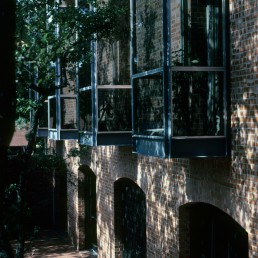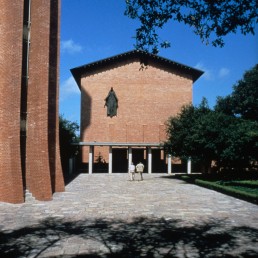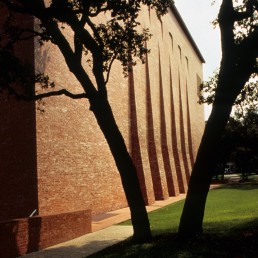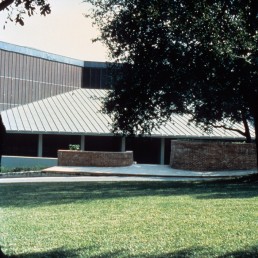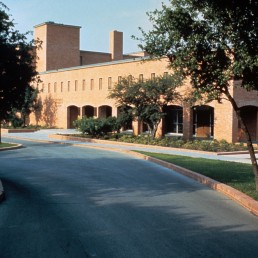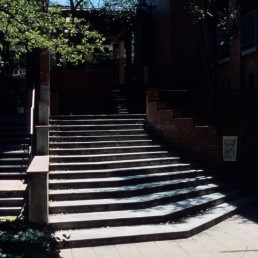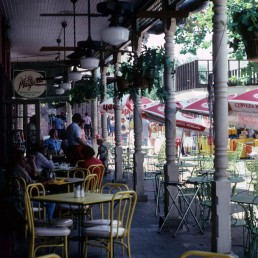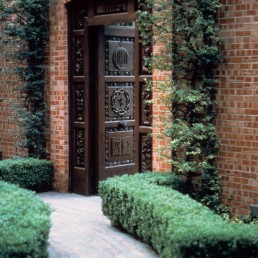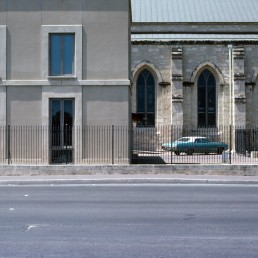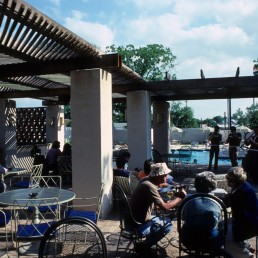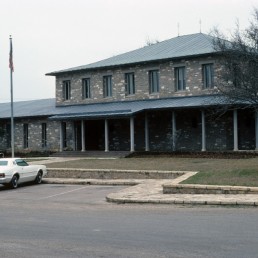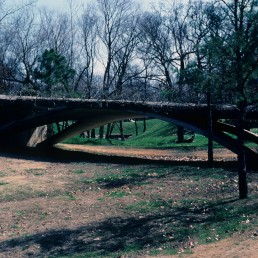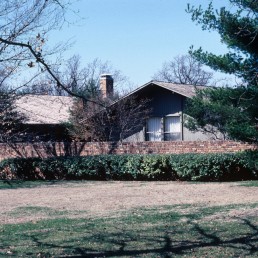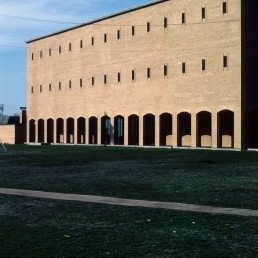Trinity University, Northup Hall
Photography
Trinity University, Trinity Chapel
Photography
Trinity University, Laurie Auditorium
Photography
Trinity University, Chapman Center
Photography
Trinity University, Arts Center
Photography
Mexican Market
Photography
Trinity University
Photography
San Fernando Cathedral
Photography
San Antonio Riverwalk
Photography
La Villita
Photography
Johnson City Post Office
Photography
Cotton Residence
Photography
Dale Carter House
Photography
Holland Hall Upper and Lower Level Schools
Photography
Phillips University
Photography
Chapel in the Woods, Texas Woman’s University
Writing
The growing desire in the 1930s for an architectural expression in Texas appropriate to its place is nowhere more evident than in the work of the young architect O'Neil Ford. A colleague and traveling companion of David R. Williams, Ford was an outspoken advocate of the same sort of unaffected simplicity based on pioneer values that the Elbert Williams house illustrates. But Ford was also an…
Trinity University
Writing
If you blur your eyes slightly it is easy to imagine the Trinity University campus as an inherited relic of marching time – a sensitive, piecemeal aggregation of buildings and spaces collected over several centuries by a rich, culturally eclectic city. The campus is, of course, not old at all. It is, in fact, quite new, having been built from scratch in various phases from 1948 to 1976. But the…
Texas Instruments Semiconductor Building
Writing
By the mid-1950s, as evidenced by his early work at Trinity University, O'Neil Ford had reached his stride as a designer and was distinguishing himself as a leader among architects in the state. He had blended his deep-rooted appreciation of tradition with a hardheaded search for innovation and invention. Like others of the era, he was particularly interested in tinkering with structure and the…
O’Neil Ford
Writing
Architecture, at its best, embodies a society's consciousness of itself. It is a powerful means of cultural expression. The artifacts that result from the act of building can become a telling interpretation of their place and their inhabitants – a natural and quotidian way of expressing human experience, of transferring ideas and values. This sort of architecture has less to do with style or…
